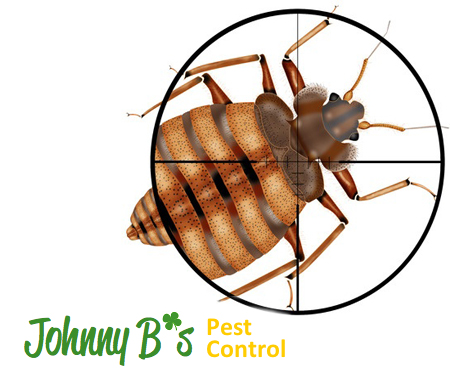When bed bugs began to reemerge within homes, businesses and public buildings a little more than two decades ago, pest control professionals were largely unsure of how to eliminate the pests. This was due to the lack of reliable bed bug control methods available at the time, but since then, researchers have developed several reliable bed bug treatment methods. Unfortunately, the fact that bed bugs are able to rapidly evolve insecticide resistance has been well demonstrated during the 21st century. In response to this discovery, pest control professionals began to rely on heat treatments to eradicate bed bugs from structures.
Killing bed bugs with high-heat saw even the most stubborn infestations effectively eradicated, and it is no surprise that heat treatments are now considered the most effective and reliable method of bed bug control. However, in rare cases, infestations become reestablished within homes that had undergone a heat treatment. These isolated failures led pest control professionals and many researchers to consider the unfortunate possibility that bed bugs may eventually become resistant to high-heat treatments. Luckily, new research shows that this is not likely the case, and repeat infestations may be due to the reintroduction of bed bugs into a home. That being said, the recent study showed that a combination of heat and limited insecticide applications may be most effective at eradicating bed bug infestations.
Eliminating bed bugs from a home often entails heating the entire structure to a temperature of 122 degrees for a period of 6 to 8 hours. The new study showed that bed bugs could be killed within a half an hour if they are exposed to 113 degree heat, but the second generation of bed bugs took slightly longer to kill. Although this indicates that second generation bed bugs likely developed a minor resistance to heat, it should be noted that the surviving bed bugs were developmentally harmed. By the seventh generation, bed bugs had not developed a resistance to heat, but bed bugs may survive heat treatments by hiding within areas of a home that remain cooler than 122 degrees. It is more likely that repeat infestations result from the introduction of entirely new bed bugs into a home. For example, bed bugs are common in apartment units because the pests can easily travel to adjacent units through electrical sockets and other access points. If bed bugs reemerge in an apartment unit after a heat treatment, the bed bug issue may actually exist next door.
Have you ever lived next door to a bed bug infested apartment unit?

